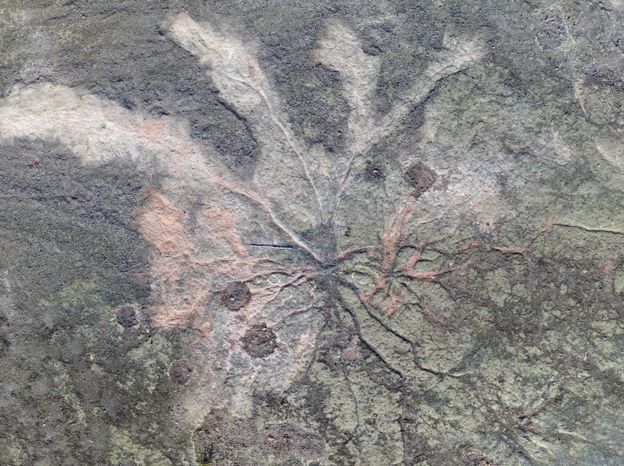New York: Scientists have discovered remnants of the world’s oldest fossil forest — an extensive network of trees around 386 million years old — in a sandstone quarry in the US.
The fossil forest in Cairo would have spread from New York all the way into Pennsylvania and beyond, according to the researchers from Binghamton University, and New York State Museum in the US.
The forest is around 2 or 3 million years older than what was thought to be the world’s oldest forest at Gilboa, also in New York State and around 40 kilometres away from the Cairo site.
The finding, published in the journal Current Biology, throws new light on the evolution of trees and the transformative role they played in shaping the world we live in today.
The team, including researchers from Cardiff University in the UK, mapped over 3,000 square metres of the forest at the abandoned quarry in the foothills of the Catskill Mountains in the Hudson Valley.
“It is surprising to see plants which were previously thought to have had mutually exclusive habitat preferences growing together on the ancient Catskill delta,” said co-author of the study Chris Berry from Cardiff University.
“This would have looked like a fairly open forest with small to moderate sized coniferous-looking trees with individual and clumped tree-fern like plants of possibly smaller size growing between them,” Berry said.
The research shows that the forest was home to at least two types of trees.
Cladoxylopsids, primitive tree-fern-like plants, lacked flat green leaves, and grew in vast numbers at Gilboa, while Archaeopteris had a conifer-like woody trunk and frond-like branches which had green flattened leaves.
A single example of a third type of tree was also uncovered, which remained unidentified but could possibly have been a lycopod, the researchers said.
All these trees reproduced using only spores rather than seeds, they said.
The team also reported a ‘spectacular’ and extensive network of roots which was more than eleven metres in length in some places and belonged to the Archaeopteris trees.
It is these long-lived woody roots, with multiple levels of branching and small, short-lived perpendicular feeder roots, that transformed the interactions of plants and soils, the researchers said.
The roots were pivotal to the co-evolution of forests and the atmosphere, they said.
The researchers said that the Cairo forest is older than the one at Gilboa because the fossils were lower down in the sequence of rocks that occur in the Catskill mountains.
PTI

